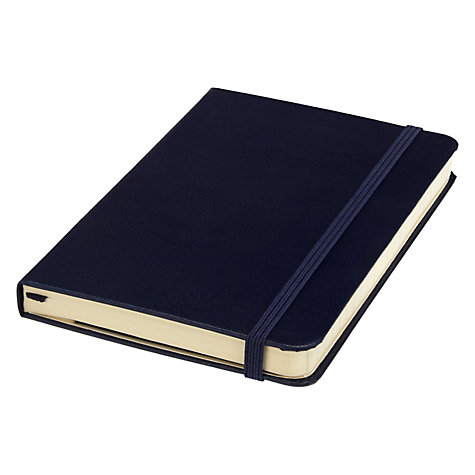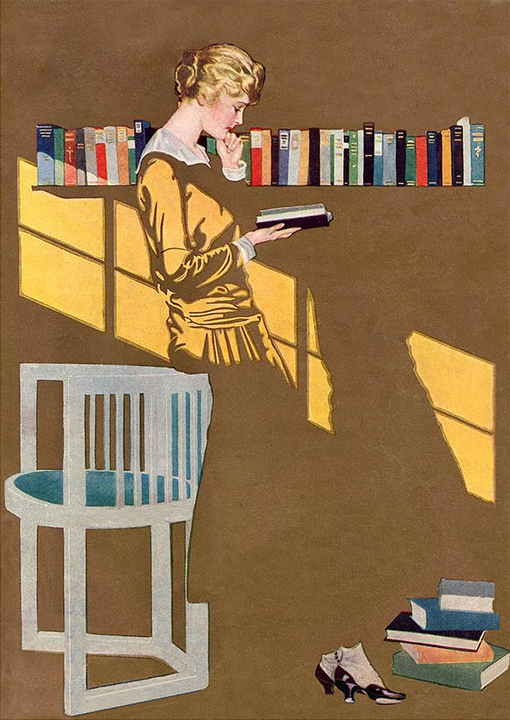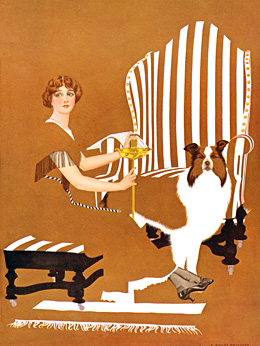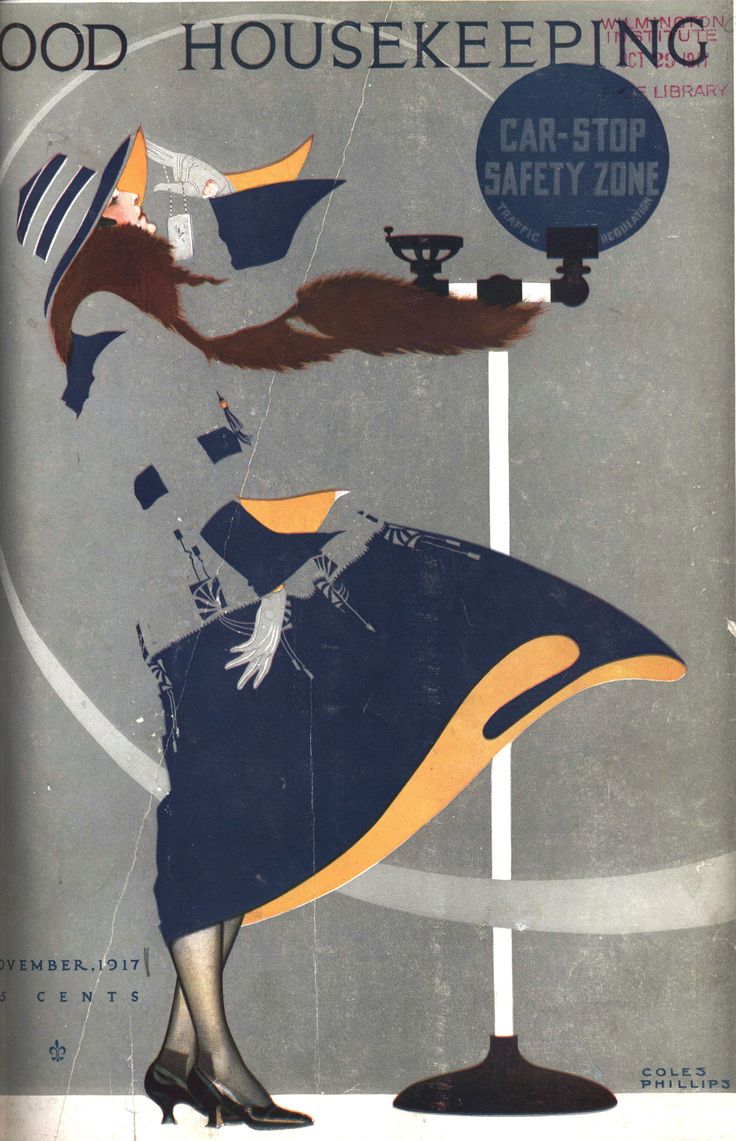“The universal reaction to Atlas, the newly upgraded next-generation humanoid robot from Boston Dynamics (a company owned by Alphabet), was lots of empathy. Unmindful of being punched, pushed and teased, it focused on finishing tasks in ademo video. People who watched the video responded with comments like ‘stop bullying’ and ‘say no to bullying.’ It was clearly evident that we are on the verge of creating machines that can look and act like us in a physical sense, as well as take over repetitious manual labor — to the delight of monotony-hating, fun-loving humans. However, providing these machines with the human traits of emotion and empathy is a missing piece of the puzzle that continues to baffle AI researchers.”
Read more in this interesting article: In Pursuit of Empathetic Machines
















